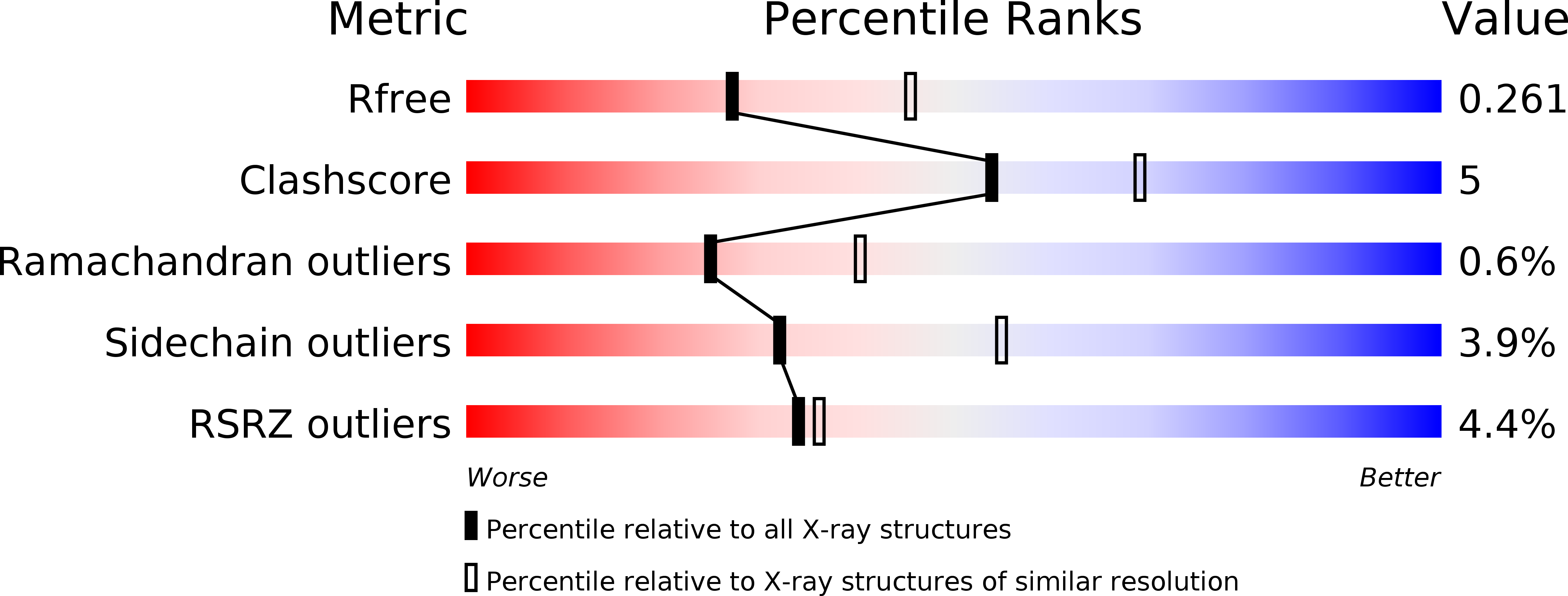
Deposition Date
2012-11-23
Release Date
2013-12-18
Last Version Date
2024-11-20
Entry Detail
PDB ID:
4I2X
Keywords:
Title:
Crystal structure of Signal Regulatory Protein gamma (SIRP-gamma) in complex with FabOX117
Biological Source:
Source Organism:
Homo sapiens (Taxon ID: 9606)
Method Details:
Experimental Method:
Resolution:
2.48 Å
R-Value Free:
0.25
R-Value Work:
0.19
R-Value Observed:
0.19
Space Group:
P 21 21 2


